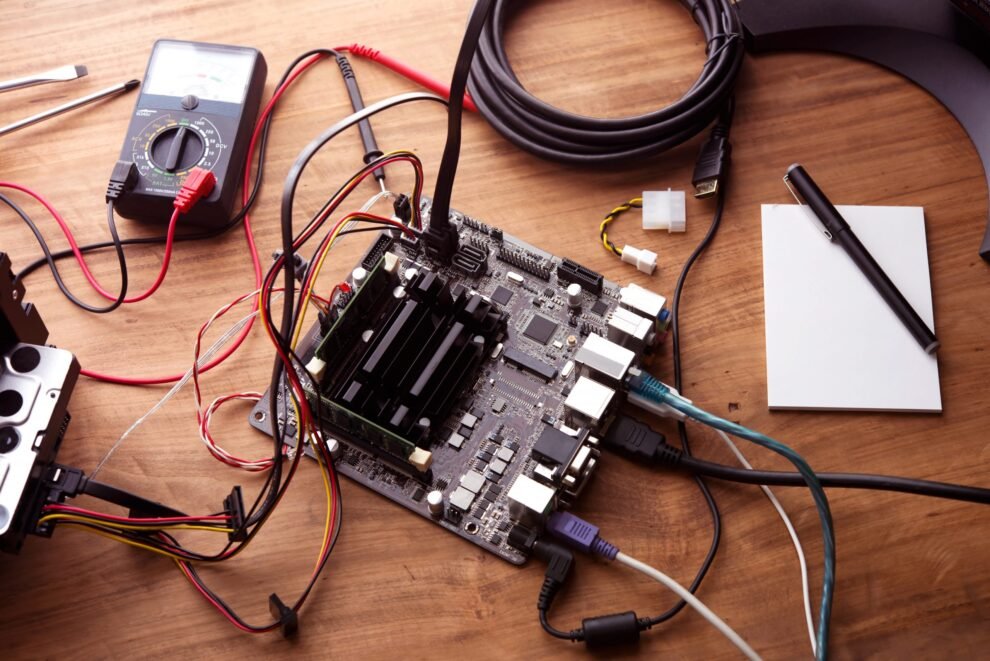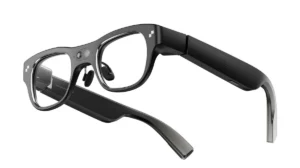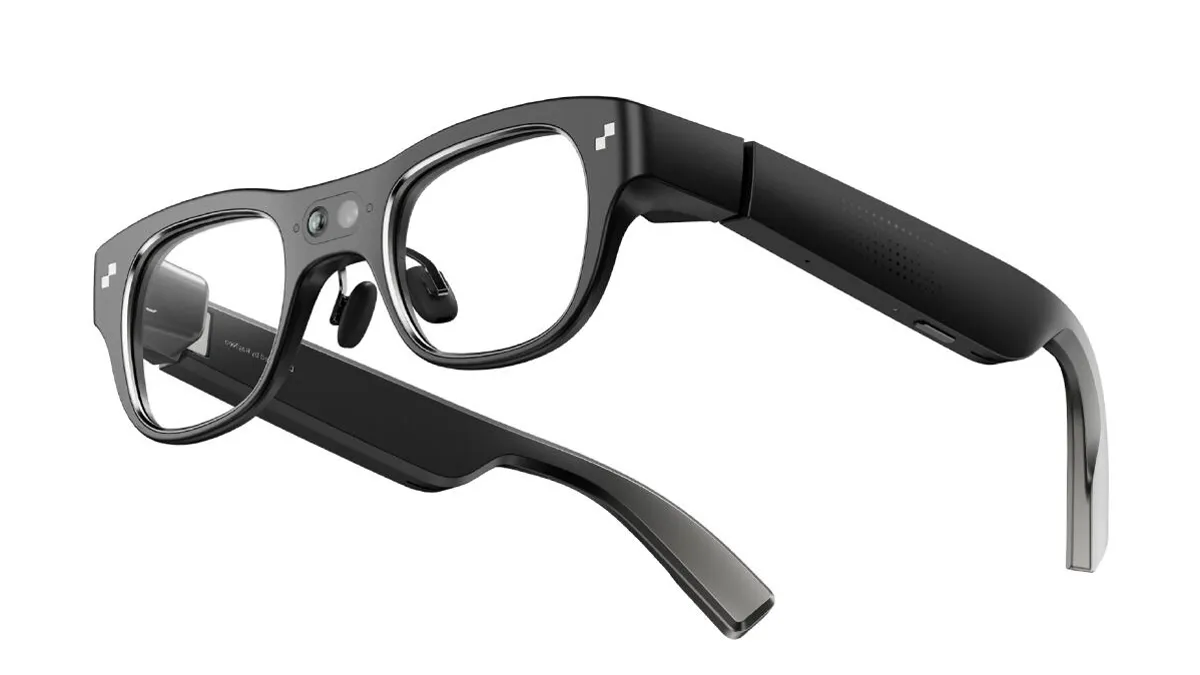Prototyping is a crucial phase in the development of Internet of Things (IoT) projects, allowing teams to explore ideas and iterate designs before committing to full-scale production. This stage is essential not only for validating concepts but also for identifying potential issues early in the development process. This article outlines a comprehensive approach to prototyping in IoT projects, highlighting key strategies and tools to maximize efficiency and innovation.
Understanding the Role of Prototyping in IoT
Prototyping in IoT involves creating functional models of proposed devices or systems to test various aspects of design, functionality, and usability. This process helps developers and stakeholders visualize how the IoT solution will work in real-world environments and assess its feasibility. Prototyping is beneficial not only for refining design and functionality but also for engaging potential users and stakeholders early in the development process. For a deeper understanding of these benefits, resources discussing the benefits of prototyping in IoT can provide valuable insights.
Selecting the Right Tools and Technologies
Choosing the right tools and technologies is fundamental in building effective IoT prototypes. Developers must select hardware and software that align with the project’s goals, budget, and complexity. Common tools for IoT prototyping include development boards like Arduino or Raspberry Pi, which offer versatility and a vast community of support. On the software side, platforms like Node-RED allow for easy integration and testing of IoT workflows.
Designing the Prototype
The design phase of the prototype should focus on core functionality and essential features that address the main objectives of the final product. It’s crucial to define clear goals for what the prototype will demonstrate or test. This could include specific interactions between the device and its environment, data collection methods, or user interactions. Simplifying the design to focus on these goals can prevent unnecessary complexity and keep the project on track.
Building the Prototype
Building the prototype involves assembling the hardware components and developing the software that will drive the device’s functionality. This stage may require rapid adjustments and iterations based on initial testing and feedback. Effective prototyping often relies on modular design, where components can be easily swapped or updated without redesigning the entire system. This flexibility is crucial for adapting the prototype to new insights gained during testing.
Testing and Iteration
Once the prototype is assembled, rigorous testing is crucial. This includes both in-lab testing under controlled conditions and field testing to understand how the device performs in actual use cases. Feedback from these tests should be used to refine the prototype, addressing any functional issues, improving user interface design, or enhancing performance. Repeated iteration is a core aspect of the prototyping process, enabling developers to converge on an optimal design before moving to production.
Engaging Stakeholders
Throughout the prototyping process, it’s important to engage stakeholders, including potential users, clients, and team members. Their feedback can provide crucial insights into the usability and desirability of the product, as well as its alignment with business goals. Stakeholder engagement also helps in validating the problem-solution fit, ensuring that the final product will meet market needs.
Documenting the Process
Documentation is a critical component of the prototyping phase. Detailed records of design decisions, challenges encountered, and changes made during prototyping provide valuable references for future projects and can streamline the transition from prototype to production. Documentation also supports patent applications and compliance with industry standards, which are critical considerations in commercial IoT applications.
Conclusion
Prototyping is an essential part of developing IoT projects, allowing teams to explore innovative solutions and identify potential problems early. By following a structured approach to prototyping, using appropriate tools, and engaging with stakeholders throughout the process, developers can significantly enhance the success of their IoT solutions. As the IoT landscape continues to evolve, effective prototyping will remain a key driver of innovation and efficiency in this dynamic field.



















Add Comment